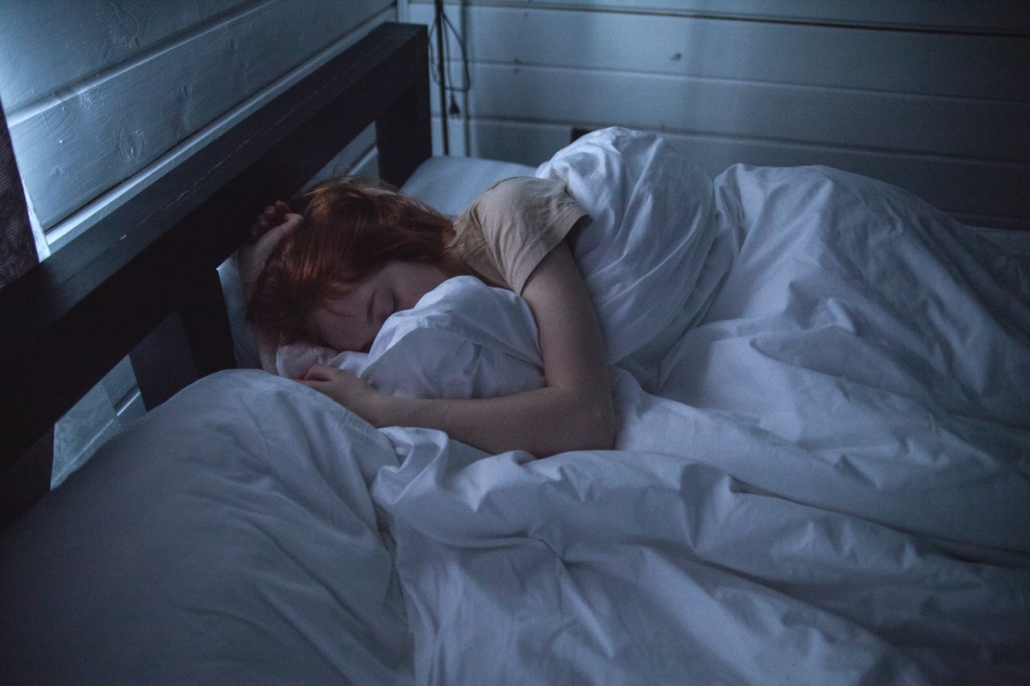Unlocking the Secrets of Primary Insomnia
A lot of people have Primary insomnia. The International Classification of Sleep Disorders says that psychophysiological insomnia, paradoxical insomnia, and idiopathic insomnia are the three main types of primary insomnia. Primary insomnia is trouble falling asleep (sleep onset insomnia), trouble staying asleep (waking up in the middle of the night or early in the morning), or chronic non-restorative sleep that lasts for more than three weeks despite having enough time to sleep and makes it hard to function during the day. There are no known psychiatric disorders, medical conditions, or drug use disorders that can explain primary insomnia. Primary insomnia is a non-organic sleep disorder with an unknown cause that mostly affects middle-aged women. The hyperarousal hypothesis of primary insomnia is supported by recent research. In the near future, primary insomnia might no longer include sleep that doesn’t help you feel better.
10% to 40% of adults have short-term insomnia, and 15% have trouble sleeping all the time. This article talks about how insomnia can be grouped, how it can be diagnosed, and how it can be treated. We used OVID and the words “insomnia,” “sleeplessness,” “behaviour modification,” “herbs,” “medicinal,” and “pharmacologic therapy” to search for information on MEDLINE. The articles were chosen based on how well they fit with the topic. Evaluation of insomnia includes a careful sleep history, review of medical history, review of medications used (including over-the-counter and herbal medications), review of family history, and screening for depression, anxiety, and substance abuse. Treatment should be different for each person based on their symptoms and how bad they are. Compared to drug therapies, treatments that don’t involve drugs work well and have few side effects. At first, diphenhydramine, doxylamine, and trazodone can be used, but some people may not be able to handle their side effects. Some newer drugs, like zolpidem and zaleplon, work quickly and have few side effects. Both are okay for short-term use by people who have trouble sleeping.
A lot of people have trouble sleeping. In 1995, Gallup found that at least 5 nights a month, 49% of adults were unhappy with their sleep.
1 Studies that look at groups of people say that 10% to 40% of American adults have occasional insomnia and 10% to 15% have long-term sleep problems.
2 People with insomnia are less productive at work, have more car accidents, and end up in the hospital more often.
3 It is estimated that lost productivity and accidents caused by insomnia cost more than $100 billion per year.
4 The goal of this review is to give an up-to-date look at how insomnia is classified, how it can be diagnosed, and how it can be treated. We used OVID and the words “insomnia,” “sleeplessness,” “behaviour modification,” “herbs,” “medicinal,” and “pharmacologic therapy” to search for information on MEDLINE. Two of the authors looked over the abstracts (ENR, SLP). Then, articles were chosen based on how well they fit with the topical review.
Also check: journaling for mental health
Classification
The Diagnostic and Statistical Manual of Mental Disorders (DSM-IV)5 of the American Psychiatric Association defines insomnia as a complaint regarding the quantity, quality, or timing of sleep at least three times per week for at least one month. Sleep is divided into rapid eye movement (REM) sleep and non-REM sleep. Non-REM sleep consists of four progressively deeper stages. The third and fourth stages of sleep are also known as slow wave or delta sleep. Reduced time spent in stages 3 and 4 reduces the quality of sleep. Stage 5 sleep is REM sleep. 6 Research studies define insomnia as a sleep latency (time required to fall asleep) of more than 30 minutes, a sleep efficiency (time asleep/time in bed) of less than 85%, or a frequency of sleep disturbance greater than three times per week.
According to the International Classification of Sleep Disorders, insomnia is a form of dyssomnia.
8 Insomnia and hypersomnia are types of dyssomnia (hypersomnia). Several complaints associated with insomnia defy classification. Patients with sleep state misperception insomnia report not having slept for an extended period of time despite the absence of objective evidence of difficulty sleeping. Some patients sleep less due to work or social obligations (self-imposed short total sleep time) or because they are short-sleepers by nature and require less sleep.
More article: Rower WaterRower A1 | Radiologist earning in Australia

